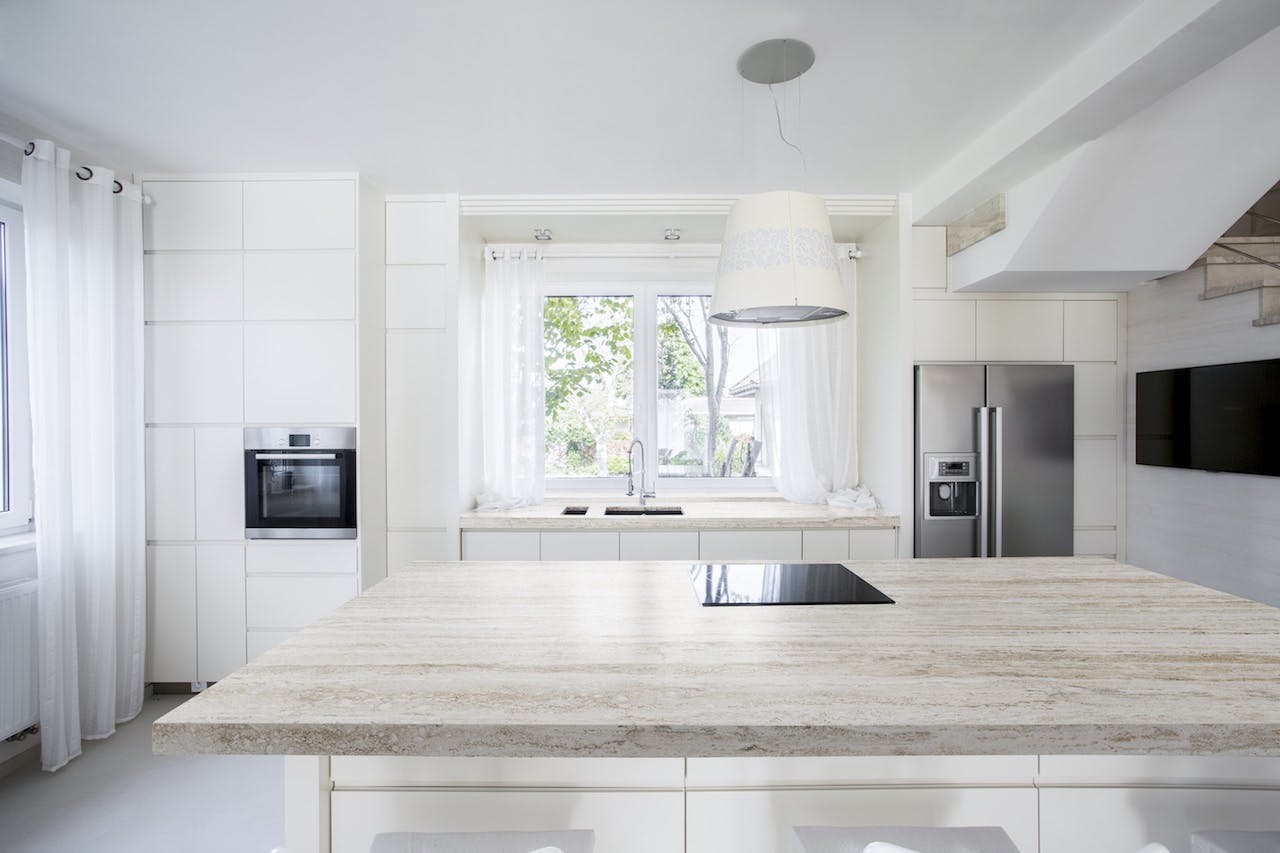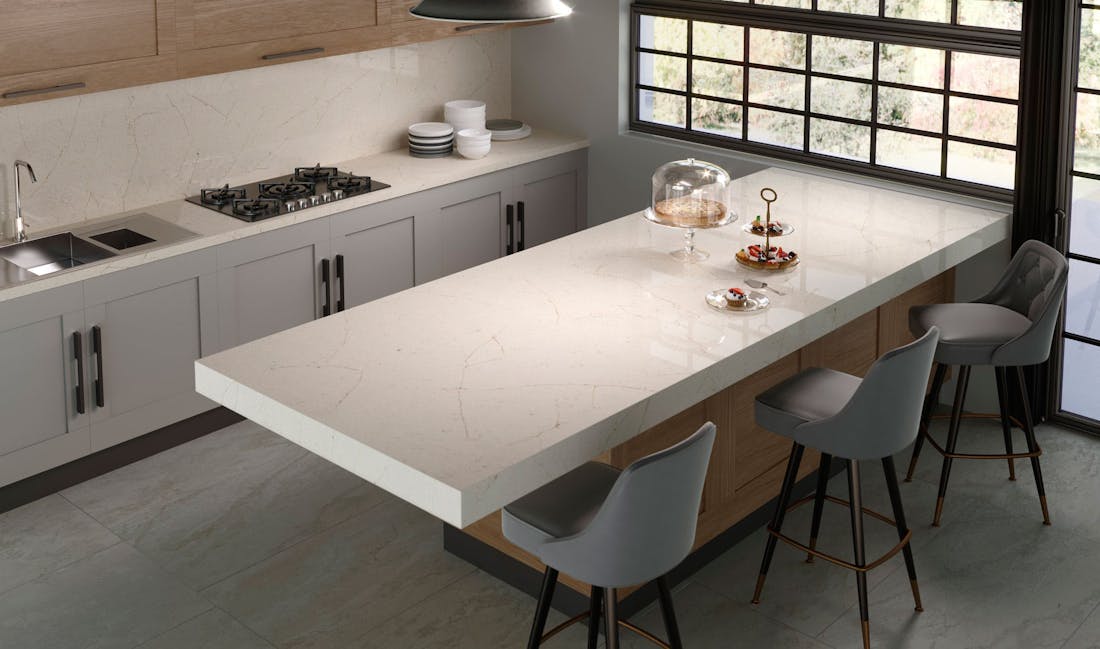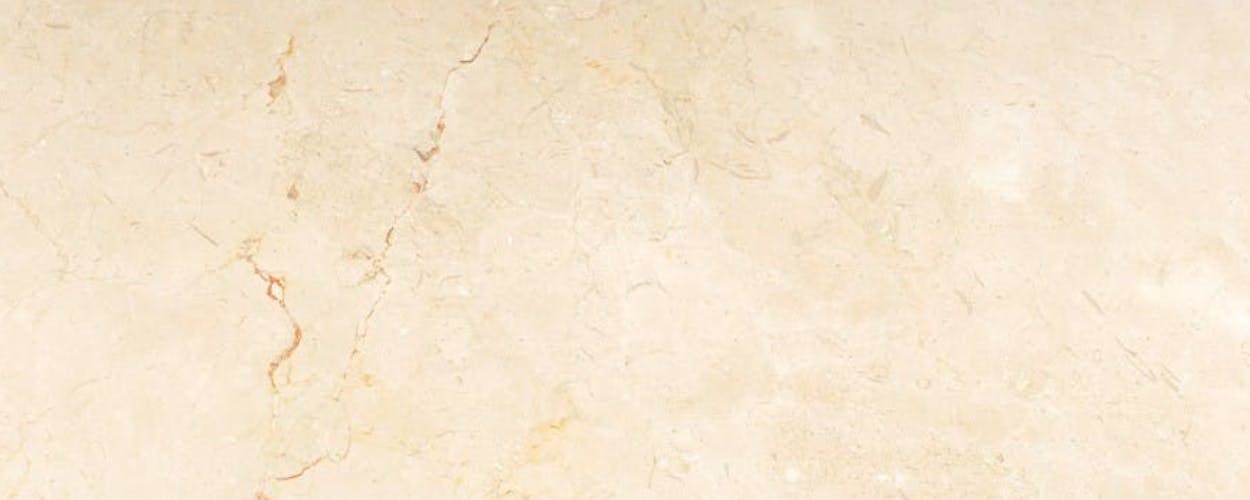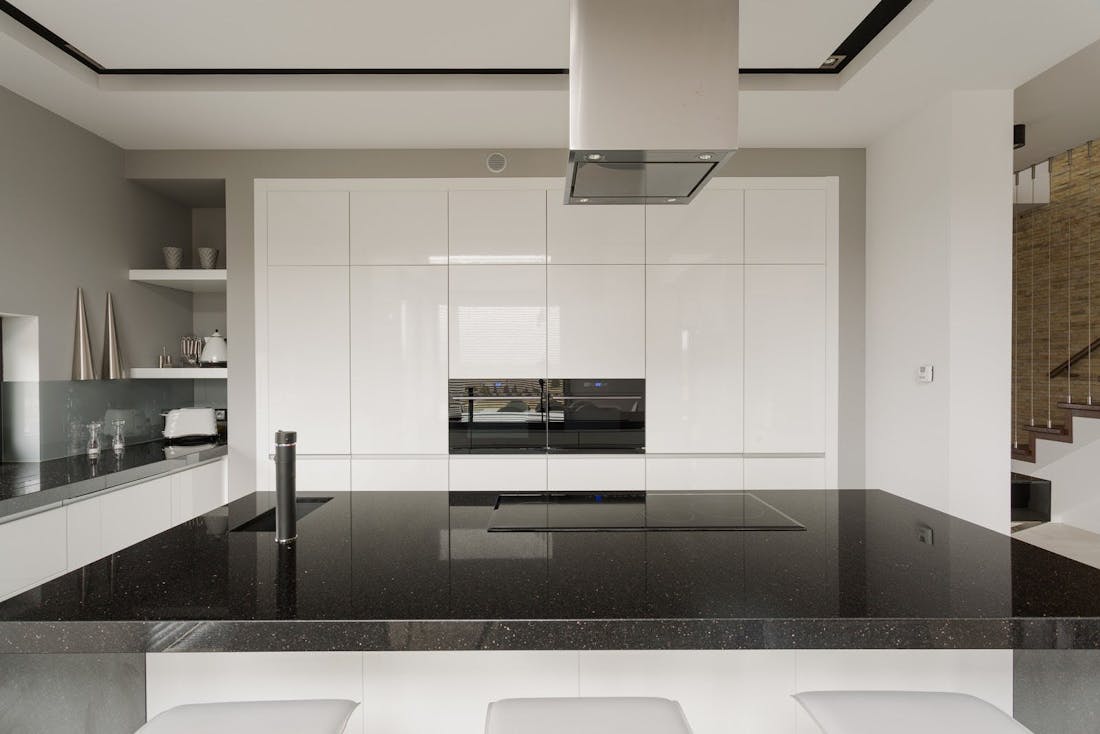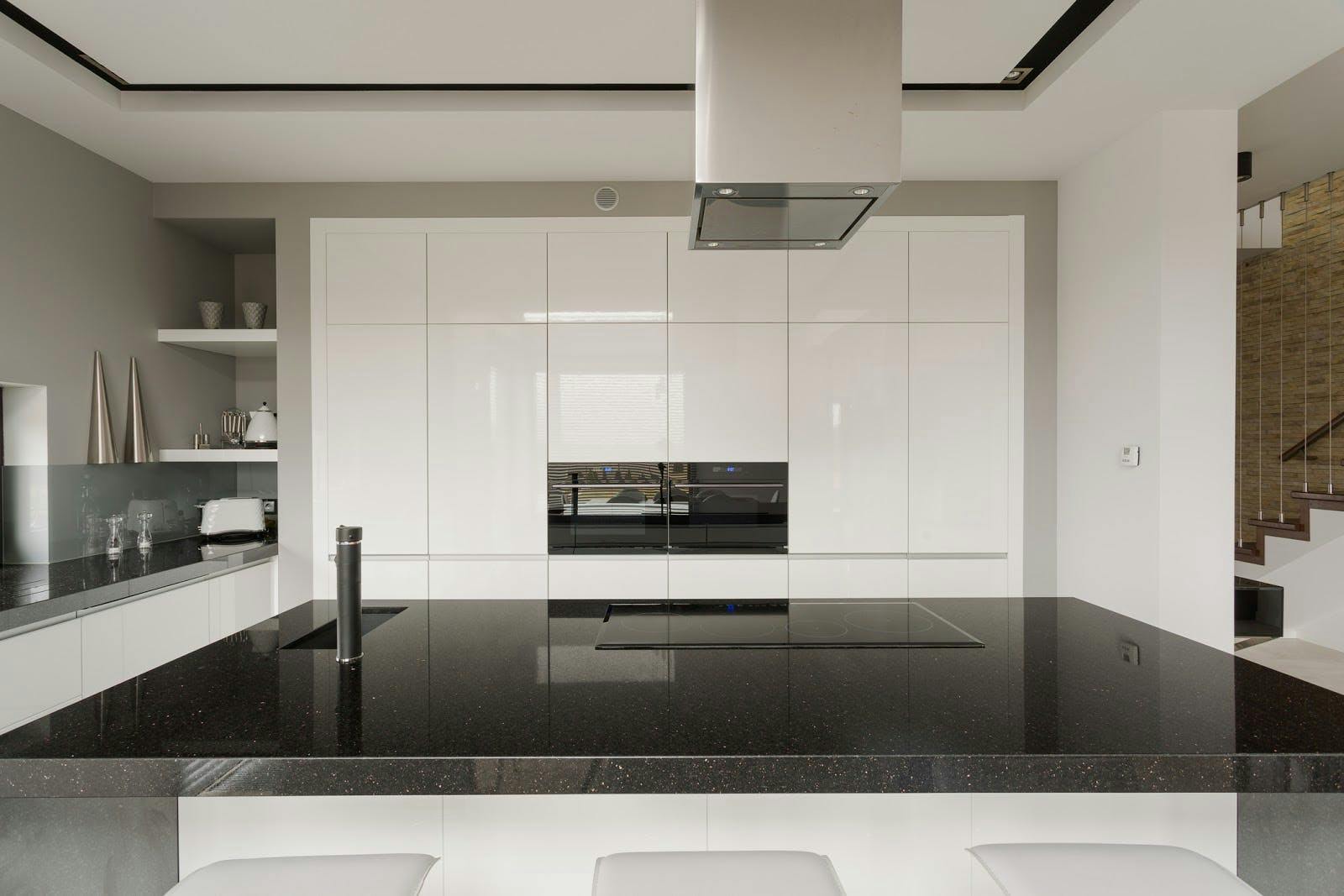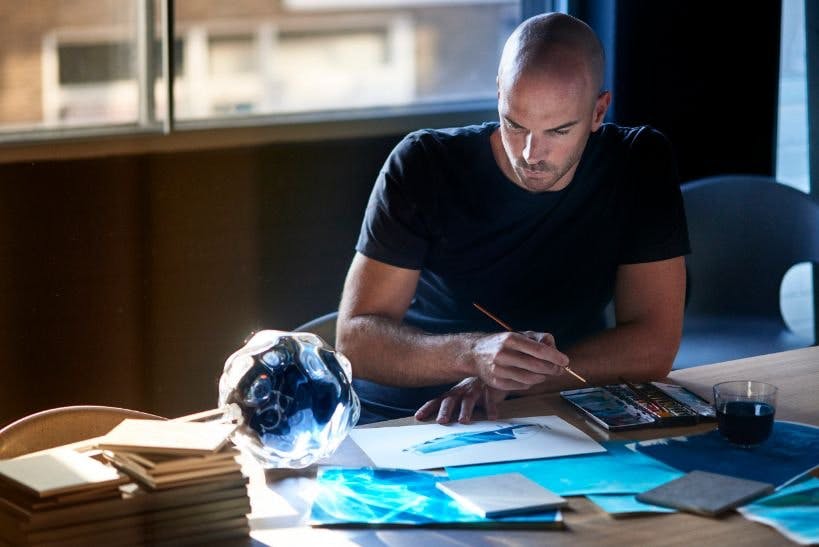
Cosentino and Benjamin Hubert will present “Raytrace” at Milan Design Week 2019
Raytrace is a spectacular, large-scale Dekton® installation, designed by Benjamin Hubert, founder of experience design agency LAYER.
Cosentino announces their collaboration with Benjamin Hubert of experience design agency LAYER, on a large scale, immersive installation for Milan Design Week 2019. The installation, titled Raytrace, showcases Dekton®, the ultra-compact, large format surface by Cosentino on an architectural scale–exploring the product’s innovation and beautiful design, while demonstrating its strength and durability.
Hubert’s design references Dekton®’s highly technological qualities as an indoor/outdoor architectural product and the natural minerals used to produce the material. Raytrace contrasts a dramatic, 24 meters long, triangular element with mesmerizing, caustic patterns emulating the refraction of light through water–a visually powerful demonstration of Dekton’s qualities as a surface which can withstand the powerful forces of nature.
“Dekton® by Cosentino is a truly innovative new product–one of the thinnest compact surfaces on the market with incredible flexural strength,” says Benjamin Hubert. “Raytrace shows how architecture comes to life with light and highlights the qualities of the newly launched material, its light appearance, versatility and how it can be used on a monumental scale.”
Raytrace will be exhibited in the historical vaulted warehouses beneath Milan’s Central Train Station as part of the third edition of Ventura Centrale. The iconic backdrop of these arched spaces will house installations by internationally renowned brands and designers, making it a must-see destination during Milan Design Week 2019.
April 9-14, 11:00-19:00
Press Preview: 8 April 2019, 15:00-17:00
Address: Ventura Centrale
Via Ferranti Aporti 27, 20125 Milan, Italy

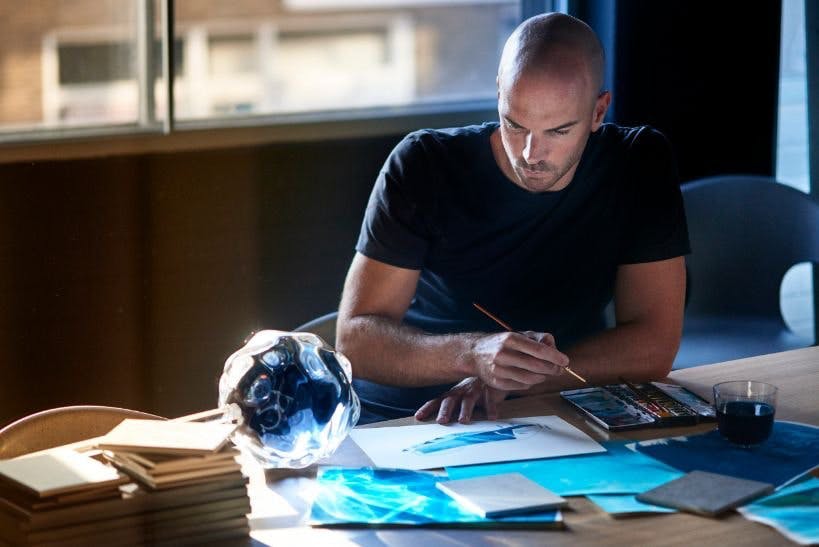

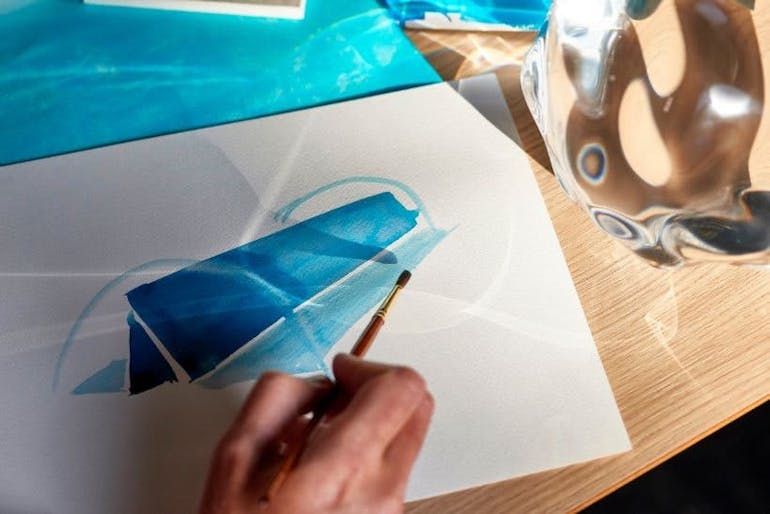


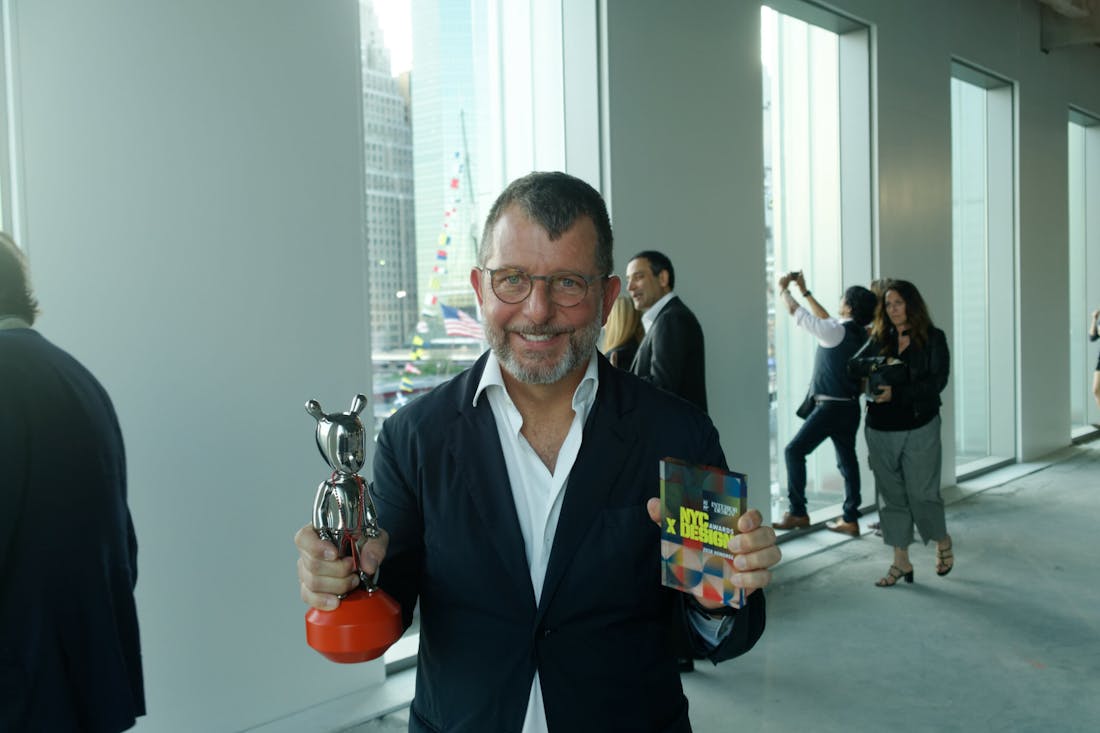
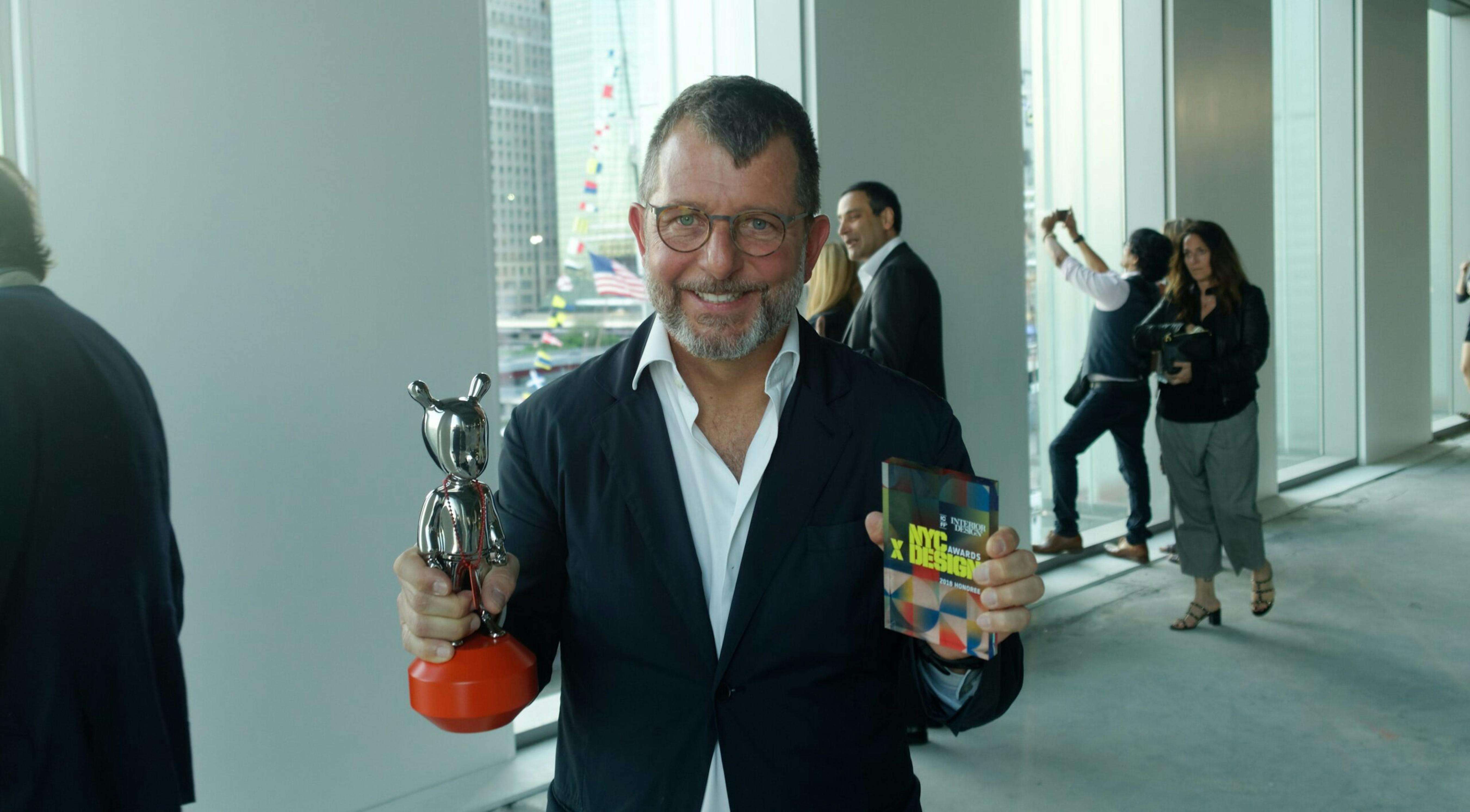
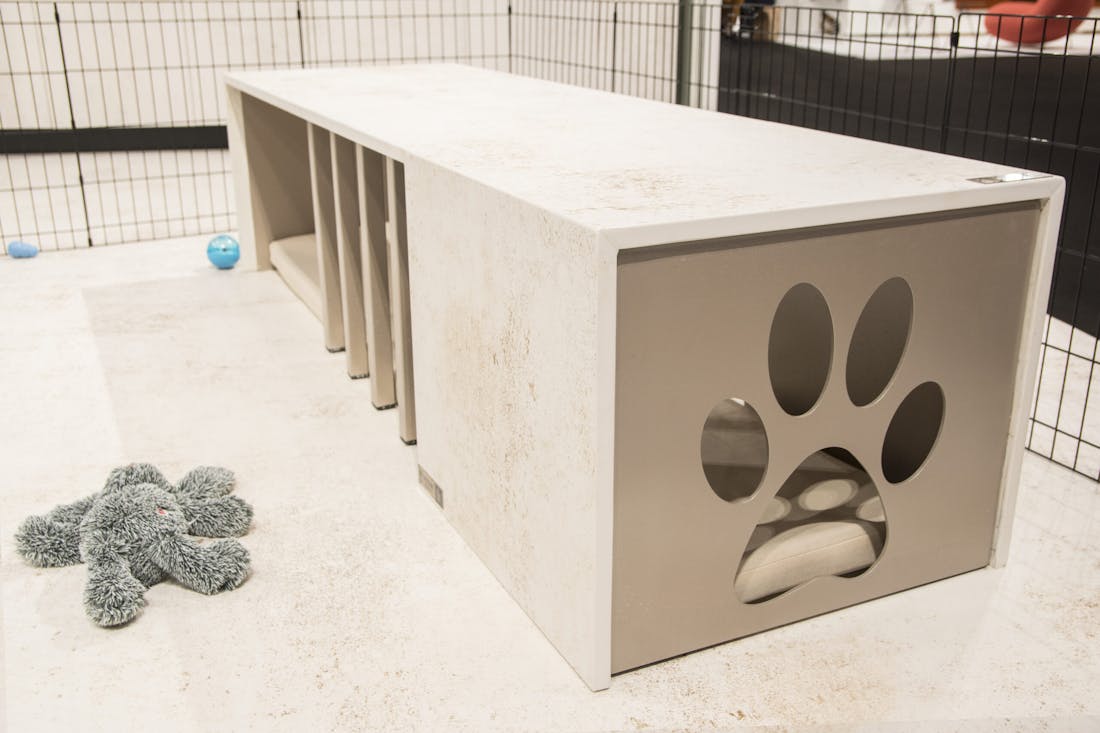

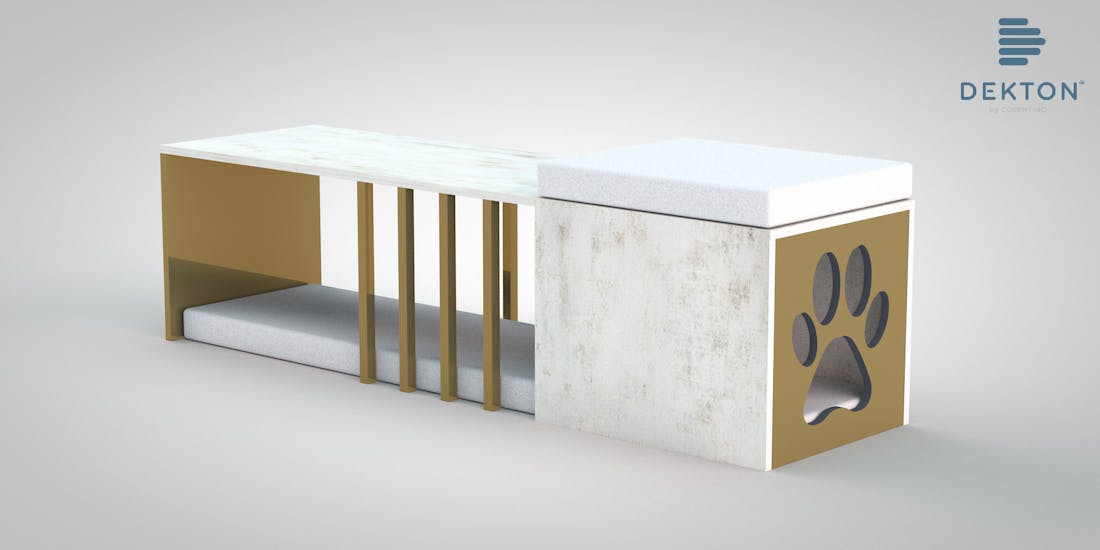

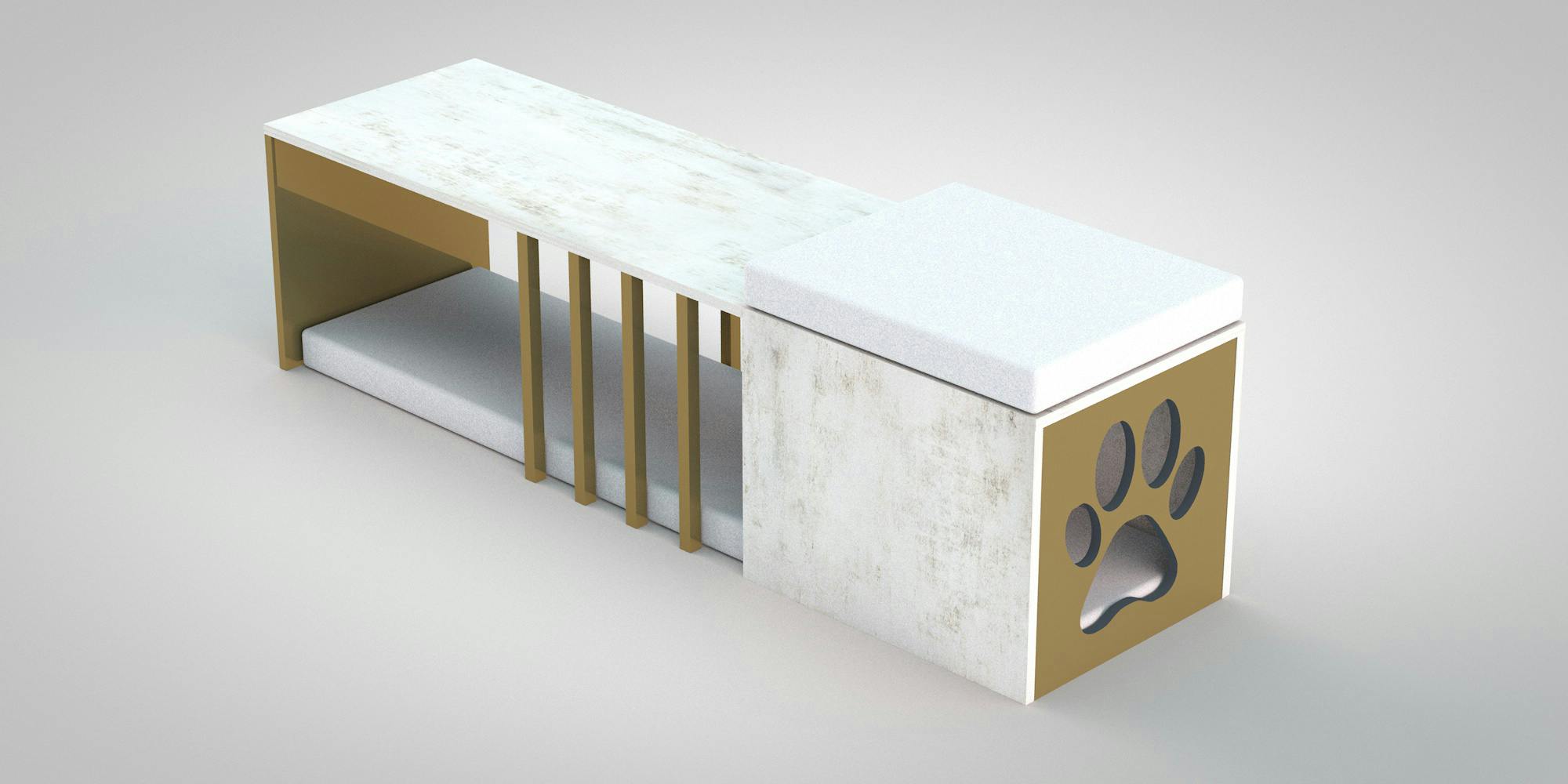
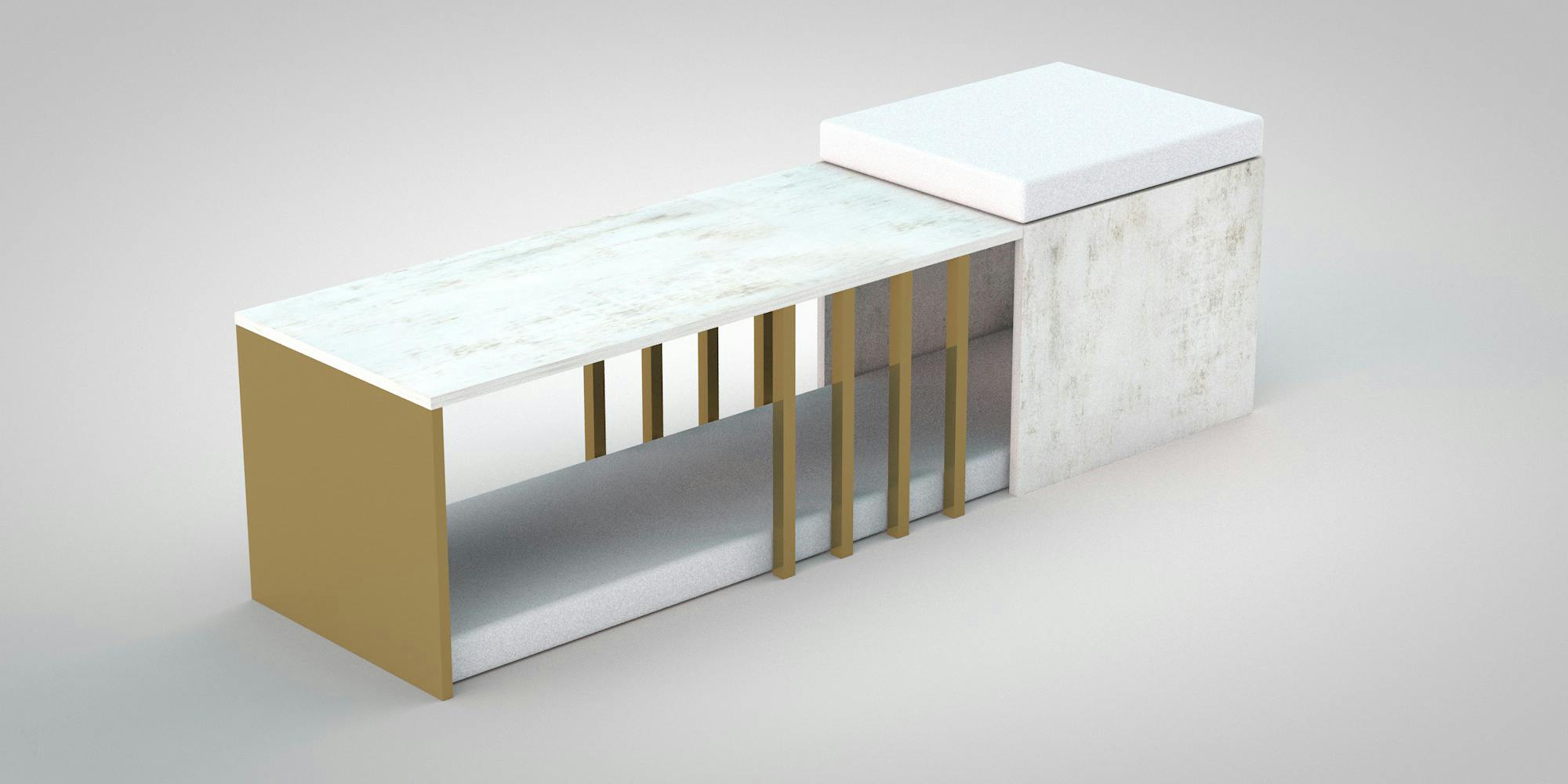
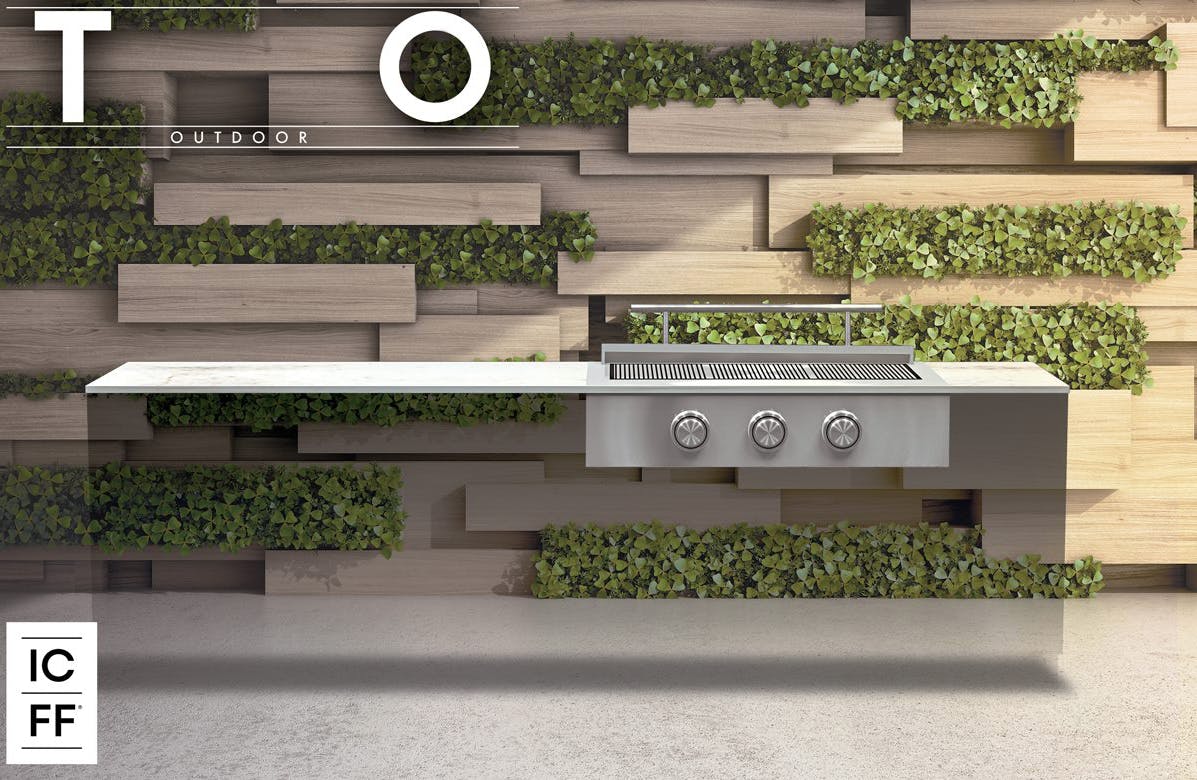

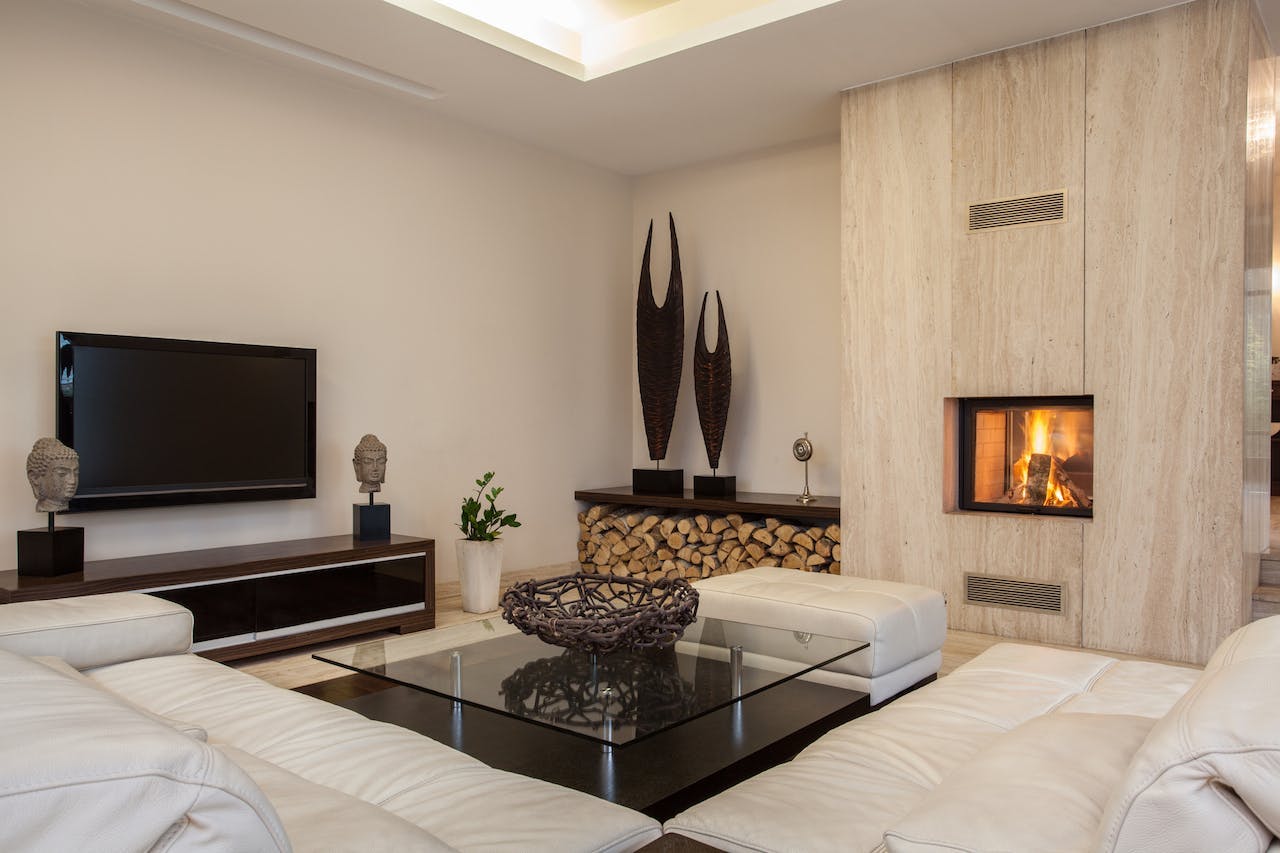 Travertine Marble
Travertine Marble

